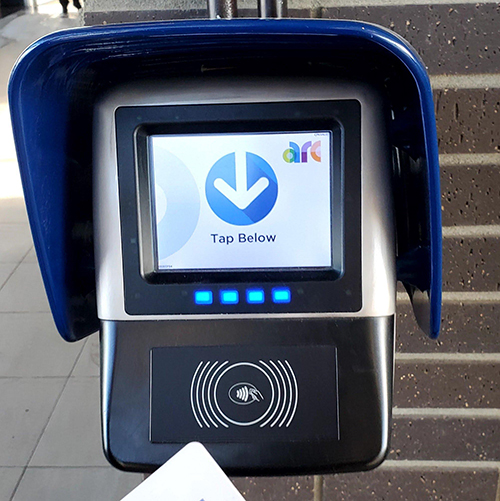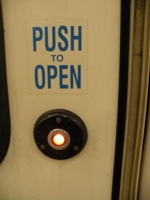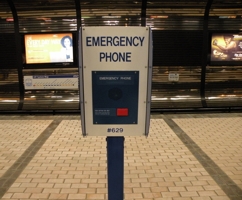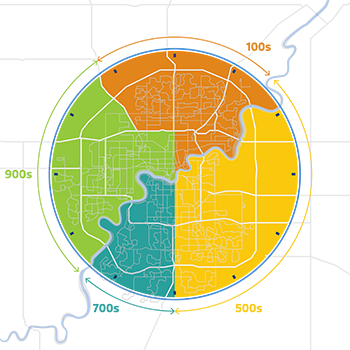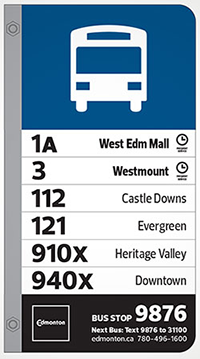Signs throughout the LRT system alert passengers to Proof of Payment Areas.
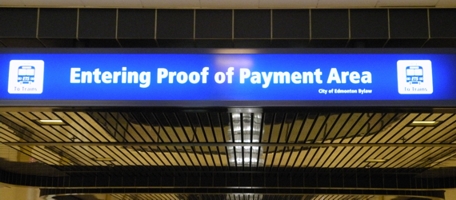
You must be in possession of a valid fare product within a proof of payment area. Valid forms of payment include:
- An Arc card or an Arc ticket. Arc cards can be purchased online, at all LRT stations, or in select transit centres. These machines accept cash, debit or credit.
Tap the Arc card/ticket on the Arc validator before entering the proof of payment areas.
- You must validate your tickets (insert the arrow end of the ticket first) at one of the bright orange ticket validators found near the entrance to the proof of payment areas.
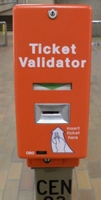
- Any valid ETS monthly pass, or bus transfer
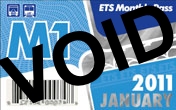
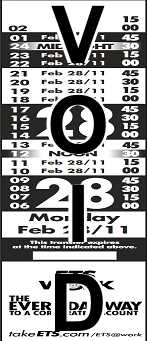
Random checks for proof of payment will be made, so be sure to have yours handy. There's a $150 fine for fare evasion.


